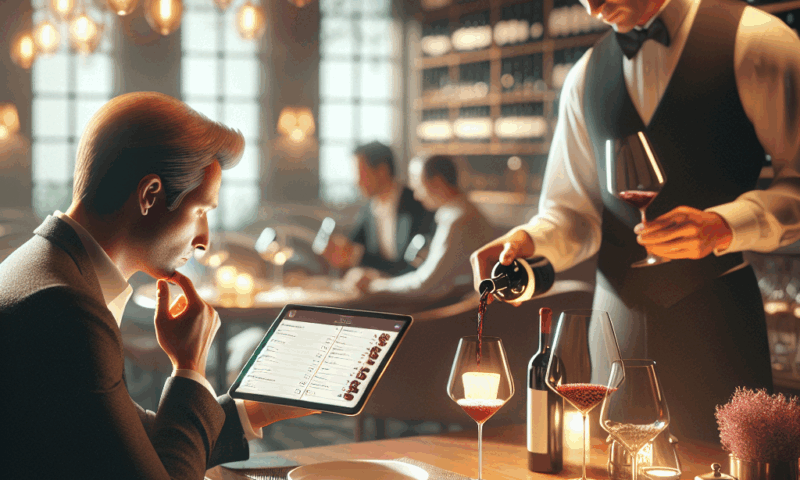
In the restaurant and wine bar industry, creating a wine list is a delicate exercise that must satisfy both the expectations of loyal customers who favor traditional grand cru wines and the enthusiasts of natural wines, which have become a true trend. Many starred sommeliers testify to this dual reality: while offering a selection of conventional wines, often prestigious and expensive, they enjoy tasting natural wines outside of the professional setting.
Customers of restaurants and wine bars remain largely attached to grand cru wines and classic appellations that guarantee a certain prestige and a safe value. At the same time, an increasingly curious clientele seeks to discover wines with a strong story, natural winemaking processes, and gustatory authenticity, represented by natural wines.
In a context where purchasing power is decreasing, integrating natural wines, often from smaller estates and with more accessible prices, helps to balance the wine list. Luxury wines remain essential to ensure profitability, but the presence of organic, biodynamic, and natural wines promotes a more diverse and attractive offering.
The natural wine movement emerged in the 1970s as a reaction to industrial and chemical viticultural practices. These wines are characterized by winemaking without chemical additives, often without added sulfites, reflecting the purest expression of the terroir and vintage.
They come from various regions: Jura, Savoie, Languedoc, but also from elsewhere in France and around the world, illustrating the richness and diversity of less traditional terroirs. True living wines, they offer a rich and emotional sensory experience, sometimes bewildering, but always authentic.
For establishments looking to innovate in their offering without losing organization, a digital wine list like the one offered by Winevizer is the ideal solution. Easy to create with our tool, it allows you to present a varied selection including conventional wines and natural wines, with detailed descriptions, pairing advice, and information about the producers.
With the QR code wine list or the tablet wine list, your customers can easily access information, enhancing the customer experience and transparency. Updates are simple, allowing for quick adjustments to the offering according to the seasons or new natural wines.
Natural wines respond to a growing demand for authentic and unadulterated wines, offering a gustatory diversity and an ecological commitment, while complementing the classic and prestigious offering.
It facilitates updates, improves the customer experience with easily accessible detailed information, and allows for managing a complex assortment including traditional wines and natural wines without confusion.
It is essential to select natural wines from winemakers who respect the terroirs, with a balanced range in terms of styles, regions, and prices to ensure coherence and satisfy all tastes.
Yes, whether you are a restaurant, wine bar, or hotel, this format allows for a modern and interactive presentation, enhancing your offering while respecting space constraints.
It is recommended to organize tasting and training sessions around natural and conventional wines to ensure good knowledge and personalized advice for customers.
Combining classic wines and natural wines in your list offers your customers a rich experience that celebrates tradition while exploring new sensations. Using a digital solution like Winevizer allows you to organize this diversity intelligently, simply, and professionally.
Don’t miss the opportunity to enhance your establishment by offering an innovative, dynamic wine list that aligns with current expectations. Discover today how Winevizer simplifies the creation and management of your list for an optimized customer experience and quality service.
Create your digital wine list with Winevizer and breathe new life into your wine selection.
Pendant 1 mois sans engagement